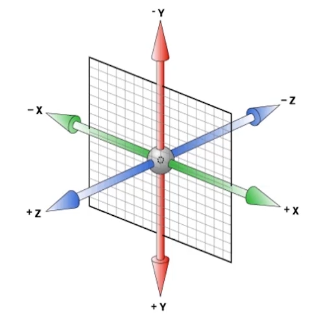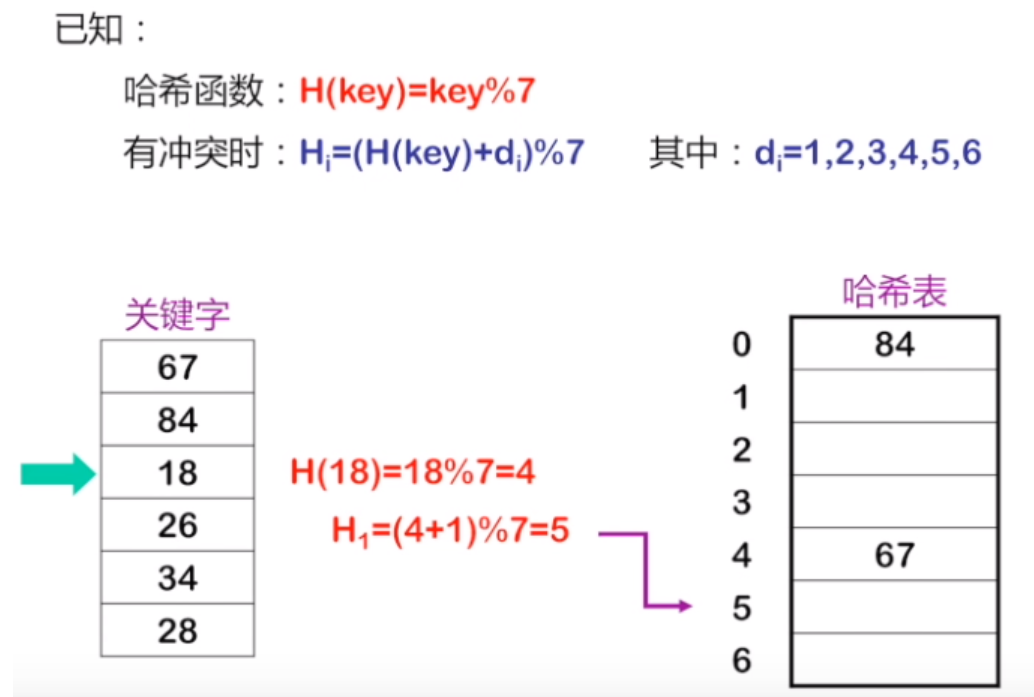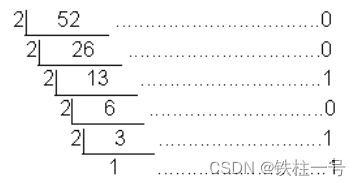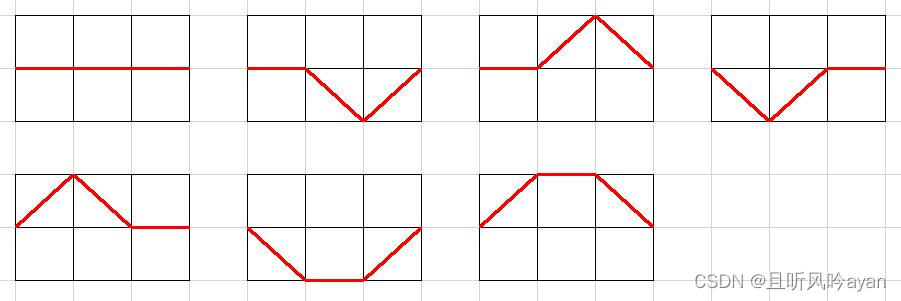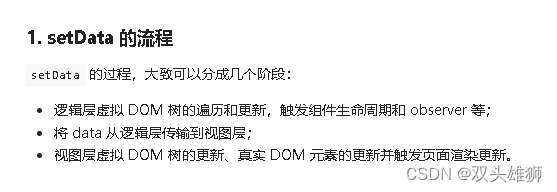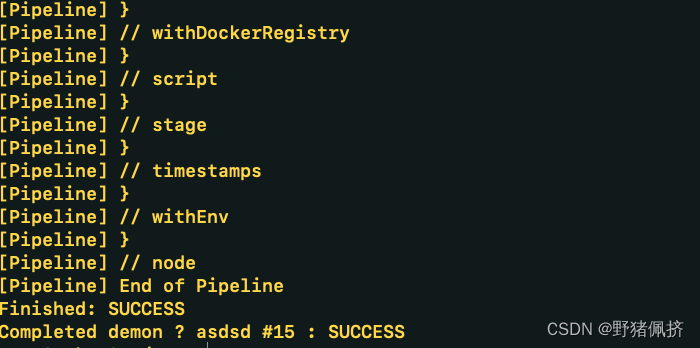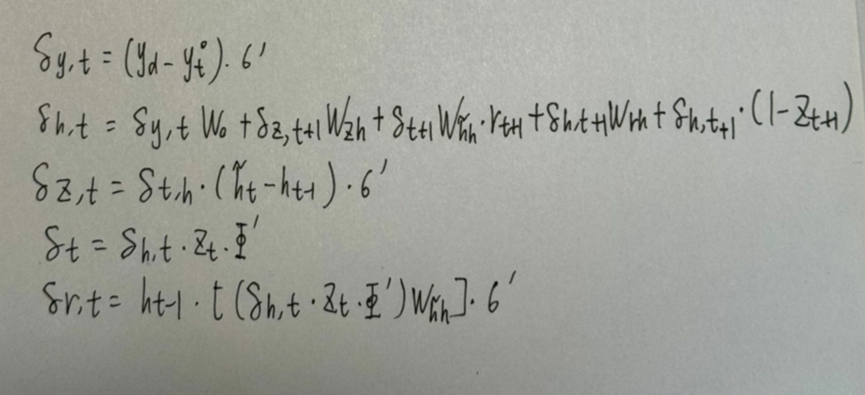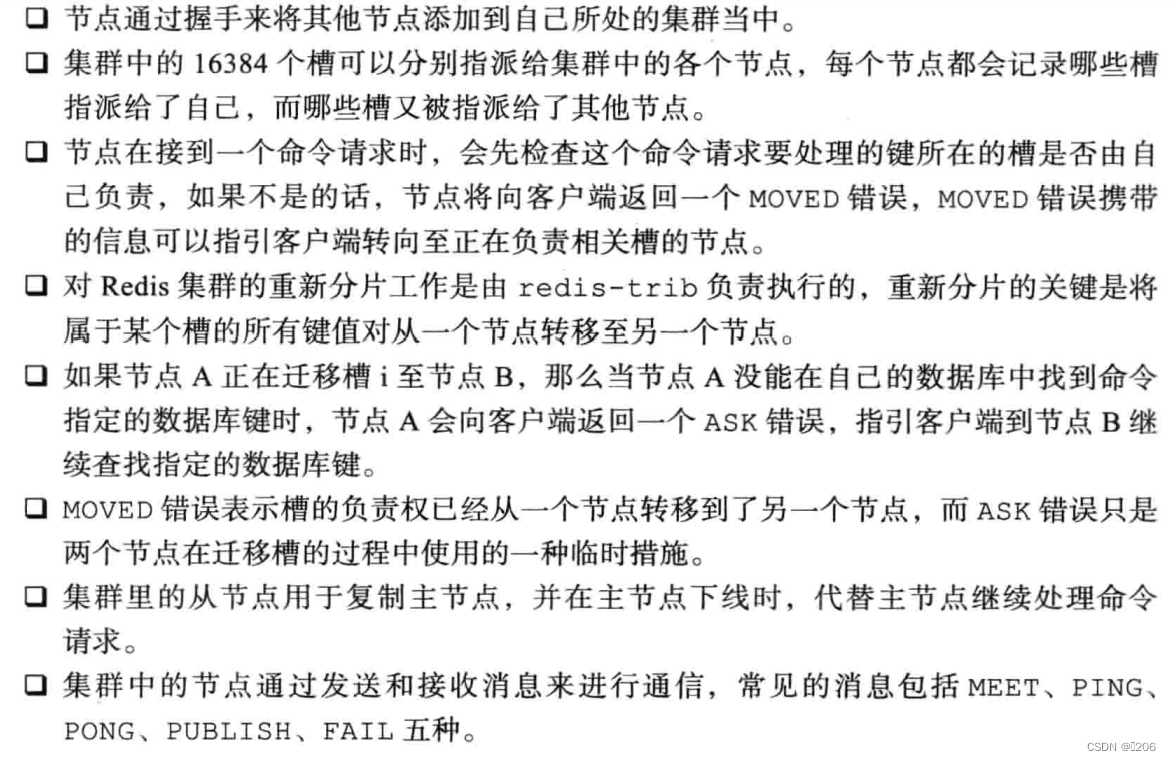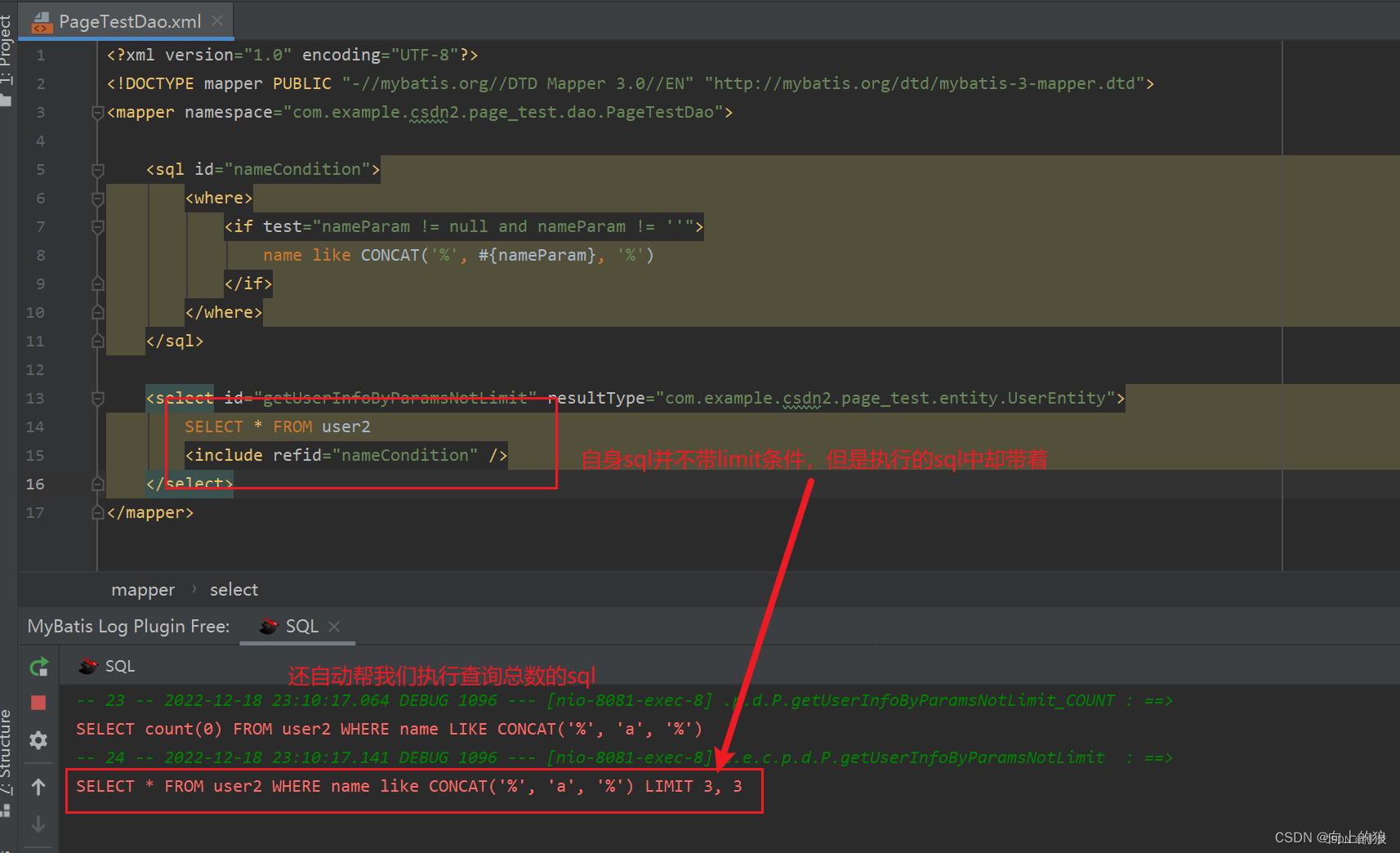文章目录
- 跳表的基本思想
- 特点
- 节点与结构
- 跳跃表节点zskiplistNode
- 属性
- 跳跃表链表
- 属性
- 跳表的设计思想和优势
- API解析
- zslCreate(创建跳跃表)
- zslCreateNode(创建节点)
- zslGetRank(查找排位)
- zslDelete(删除节点)
跳表的基本思想
Skip List(跳跃列表)这种随机的数据结构,可以看做是一个二叉树的变种,它在性能上与红黑树、AVL树很相近;但是Skip List(跳跃列表)的实现相比前两者要简单很多,目前Redis的zset实现采用了Skip List(跳跃列表)。
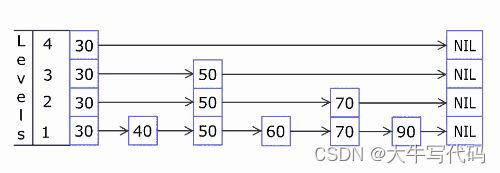
特点
1、分层,每层由有序链表构成
2、头节点在每层出现
3、某个节点如果在上层出现,那在下层也出现
4、节点的层数是随机的
节点与结构
跳跃表节点zskiplistNode
/* ZSETs use a specialized version of Skiplists */
typedef struct zskiplistNode {sds ele;double score;struct zskiplistNode *backward;struct zskiplistLevel {struct zskiplistNode *forward;unsigned long span;} level[];
} zskiplistNode;
属性
ele:存储字符串数据
score:存储排序分值
*backward:指针,指向当前节点最底层的前一个节点
level[]:柔性数组,随机生成1-64的值
forward:指向本层下一个节点
span:本层下个节点到本节点的元素个数
跳跃表链表
typedef struct zskiplist {struct zskiplistNode *header, *tail;unsigned long length;int level;
} zskiplist;
属性
header,tail:头节点和尾节点
length:跳跃表长度(不包括头节点)
tail:跳跃表高度
跳表的设计思想和优势
1、能够同时拥有链表和数优势的数据结构,既有链表插入快的特点又有数组查询快的特点
2、随机跨越层数
3、最底层的链表是双向链表,包含所有元素
4、对于有序链表查询优化,相比较于平衡数来说,更好实现
5、内存占用上来看,相比较于平衡数会更少
API解析
Tip:以下的zsl为zskiplist
zslCreate(创建跳跃表)
/* Create a new skiplist. */
zskiplist *zslCreate(void) {int j;zskiplist *zsl;zsl = zmalloc(sizeof(*zsl));zsl->level = 1;zsl->length = 0;zsl->header = zslCreateNode(ZSKIPLIST_MAXLEVEL,0,NULL);for (j = 0; j < ZSKIPLIST_MAXLEVEL; j++) {zsl->header->level[j].forward = NULL;zsl->header->level[j].span = 0;}zsl->header->backward = NULL;zsl->tail = NULL;return zsl;
}
大致流程:
1、定义一个zsl,申请内存,赋初始值
2、调用zslCreateNode创建出头节点
3、每层头节点赋初始值
4、尾节点赋null值
zslCreateNode(创建节点)
/* Create a skiplist node with the specified number of levels.* The SDS string 'ele' is referenced by the node after the call. */
zskiplistNode *zslCreateNode(int level, double score, sds ele) {zskiplistNode *zn =zmalloc(sizeof(*zn)+level*sizeof(struct zskiplistLevel));zn->score = score;zn->ele = ele;return zn;
}
大致流程:
1、申请内存(节点内存和柔性数组的内存)
2、属性赋值
zslGetRank(查找排位)
排位就是累积跨越的节点数量
unsigned long zslGetRank(zskiplist *zsl, double score, sds ele) {zskiplistNode *x;unsigned long rank = 0;int i;x = zsl->header;for (i = zsl->level-1; i >= 0; i--) {while (x->level[i].forward &&(x->level[i].forward->score < score ||(x->level[i].forward->score == score &&sdscmp(x->level[i].forward->ele,ele) <= 0))) {rank += x->level[i].span;x = x->level[i].forward;}/* x might be equal to zsl->header, so test if obj is non-NULL */if (x->ele && x->score == score && sdscmp(x->ele,ele) == 0) {return rank;}}return 0;
}
大致流程:
1、从最上层开始遍历节点并对比元素,对比score
2、如果当前分值大雨下一个分值,则累加span(比对分值,如果分值一样就比对ele)
3、指向本层的下一个节点
4、如果找到了,也就是ele相同,则返回
zslDelete(删除节点)
int zslDelete(zskiplist *zsl, double score, sds ele, zskiplistNode **node) {zskiplistNode *update[ZSKIPLIST_MAXLEVEL], *x;int i;x = zsl->header;for (i = zsl->level-1; i >= 0; i--) {while (x->level[i].forward &&(x->level[i].forward->score < score ||(x->level[i].forward->score == score &&sdscmp(x->level[i].forward->ele,ele) < 0))){x = x->level[i].forward;}update[i] = x;}/* We may have multiple elements with the same score, what we need* is to find the element with both the right score and object. */x = x->level[0].forward;if (x && score == x->score && sdscmp(x->ele,ele) == 0) {zslDeleteNode(zsl, x, update);if (!node)zslFreeNode(x);else*node = x;return 1;}return 0; /* not found */
}
大致流程:
1、遍历跳表
2、比对分值,比对ele
3、如分值小于或等于当前值,并且ele不相等,继续下一个并记录节点
4、如分值和ele都相同,调用zslDeleteNode删除该节点
跳表是在很多排名以及分数相关的场景中使用频率极高的数据结构,也是设计的极其巧妙的一种结构,希望本篇文章能帮助各位更加深入的理解这种结构。
